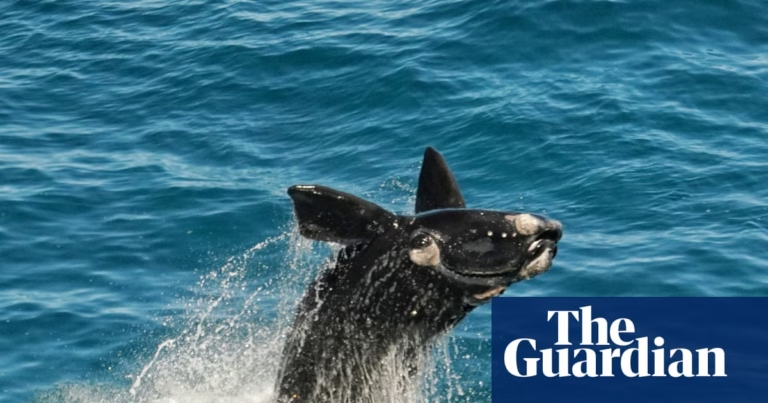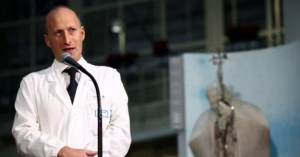Survivors and bereaved relatives have shared their beliefs with the Cranston inquiry, suggesting that the stereotyping of them as “foreigners” contributed to the failure of timely rescue efforts before a majority of them perished in the Channel’s largest migrant dinghy disaster.
The Cranston inquiry, investigating the November 24, 2021, incident where at least 27 people drowned, has been told that survivors believe quicker rescue could have saved lives. The boat, carrying 33 individuals including children, was deemed unsuitable for use.
Since the incident in November 2021, at least 130 more migrants have lost their lives in the Channel, yet this event remains the largest single loss of life since small boat crossings began.
The inquiry has highlighted numerous failures, including poor communication, inadequate staffing, and inadequate intelligence sharing by the Home Office. Confusion with another rescue operation (incident Lima) led authorities to mistakenly mark the incident as resolved without further action.
On the last day of the inquiry, statements from bereaved relatives were shared, expressing deep grief and the belief that the identity of the victims as migrants affected the rescue response. One survivor, Issa Mohamed Omar from Somalia, recounted the desperation felt by passengers as the boat capsized.
Omar believed that quicker assistance could have saved lives, expressing a feeling of being treated like animals. Ali Areef, whose cousin Halima Mohammed Shikh perished in the disaster, spoke through tears about the pain of not knowing and the impact of the tragedy.
Dan O’Mahoney, the former director of Clandestine Channel Threat Command, testified that the growing number of channel crossings overwhelmed available resources, indicating the need for more rescue boats. Professor Michael Tipton, an expert in aquatic survival, estimated that as many as 15 people on the dinghy could have been alive up to four hours after the capsize, if rescued in time.
In her concluding address, Sonali Naik KC, representing bereaved families and survivors, insisted that the tragedy was preventable and the search and rescue response was heavily influenced by the victims’ identities as migrants and foreigners.








